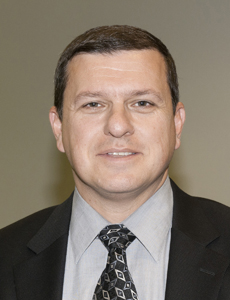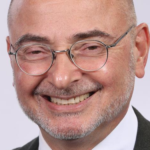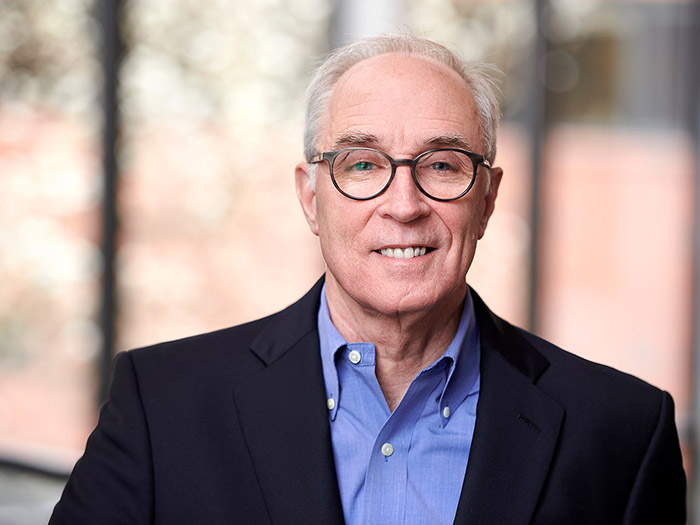Surplus Lines
E&S Market Continues to Evolve

Risk managers should treat changes in the excess and surplus lines market with caution. Overcapacity is drawing more insurers to seek growth in that market, and they may not necessarily have the specialty underwriting knowledge needed to succeed in the sector.
That would mean a subsequent decision to remove themselves from E&S lines — leaving their insureds in the lurch – or not being able to effectively service accounts or manage claims.
“There are companies writing business in the specialty world that they wouldn’t normally write,” said Alan Jay Kaufman, chairman, president and CEO of Burns & Wilcox.
“On the mergers and acquisitions side, A.M. Best would probably not be surprised if more M&As occurred.” — Robert Raber, senior financial analyst, A.M. Best
“Companies are looking for anything to write because there’s overcapacity,” he said. “Many of the companies do not have the experience, expertise and talent but they are still venturing into this territory.
“Companies are jumping through hoops to write business and the rates keep coming down because of continued overcapacity,” he said.
Some insurers acquire organizations with a nonadmitted platform, while others bring over teams of experienced players in the field, such as when Berkshire Hathaway brought on Peter Eastwood from AIG and a team from Lexington to launch Berkshire Hathaway Specialty Insurance in 2013.
David Blades, senior research analyst, A.M. Best, said that another such event occurred in June 2015 when Argo Group through Colony Specialty expanded the environmental division within its E&S segment by hiring four individuals who had been with Freberg Environmental Insurance.

Robert Raber, senior financial analyst, A.M. Best
“On the mergers and acquisitions side, A.M. Best would probably not be surprised if more M&As occurred,” said Robert Raber, senior financial analyst, A.M. Best. “With current market conditions, it’s a challenge for them to grow their business.”
With all of the competition in E&S lines, Kaufman said risk managers may be tempted to look only at price instead of “expertise and where that company will be down the road. The company may have a strong enough rating to offer the product but will they be around to effectively handle the claims and service the insured?”
“I think if I was a risk manager,” said Raber, “I would probably be comfortable with a team that was familiar and had a lot of industry expertise in the business I was looking at. … I would be looking for consistency in the market, a presence in the market.”
“You want a company that has proven they understand that type of business,” said Blades.
“It’s not just underwriting, it’s claims and loss control. You want a company that has proven they understand that type of business, that they have committed to it for a long period of time.”
The interest in the E&S market has been increasing for several years because insurers are finding it challenging to grow organically in the standard lines, Raber said. At the same time, insurers are contending with a soft market and the continuing problem of low investment returns.
Kaufman said the acquisitions were also a way for insurers and brokers to acquire much needed talent.
The most significant new entrants to the E&S market include Kemper Corp., Knight Holdings and Hamilton Insurance.
The most notable M&As in the past year were ACE’s acquisition of Chubb (with the merged company retaining the Chubb name) and XL Catlin.
AIG, which primarily writes E&S through Lexington Insurance Co., remains at the top of the U.S. field, although Lloyd’s of London remains the leading surplus lines market, with 20 percent of the market share, according to A.M. Best.
E&S is also drawing new entrants into market.
The most significant new entrants, though still with minor direct premiums written, according to SNL Financial, include Kemper Corp., whose direct E&S premium in Q3 2015 was $40.5 million; Knight Holdings at $12.2 million; and Hamilton Insurance at $6.5 million.
In comparison, Lexington Insurance Co. wrote $965.9 million in direct E&S premium in the U.S. in the third quarter of 2015, according to SNL Financial.










